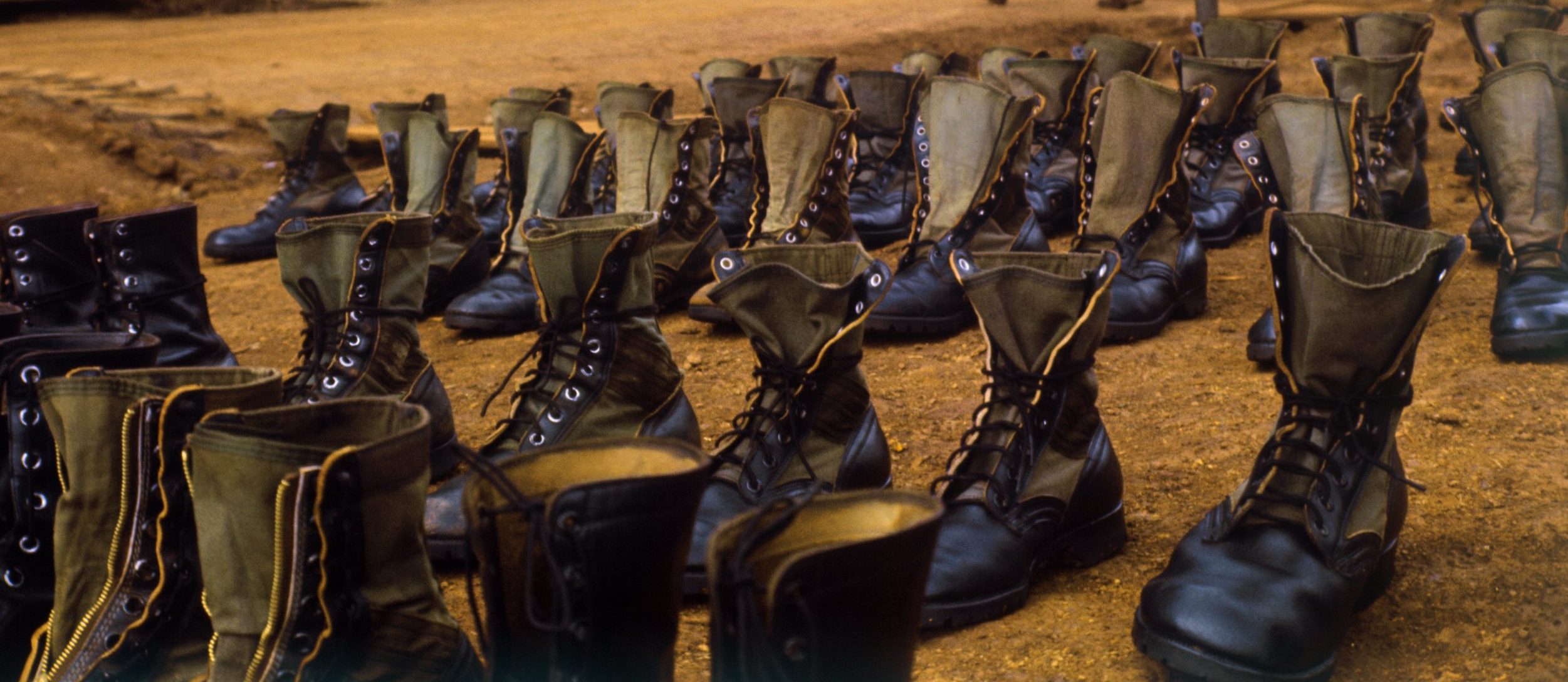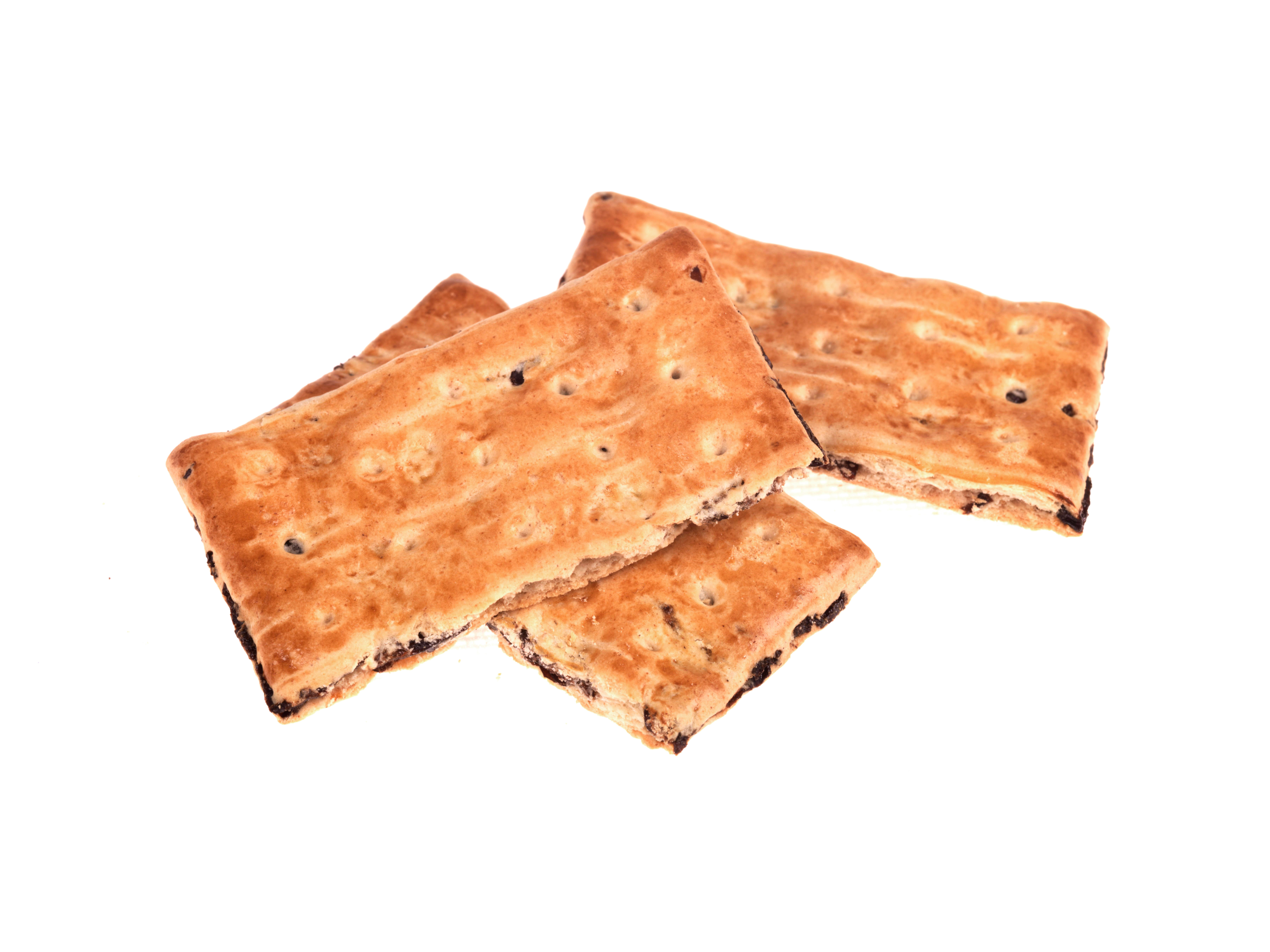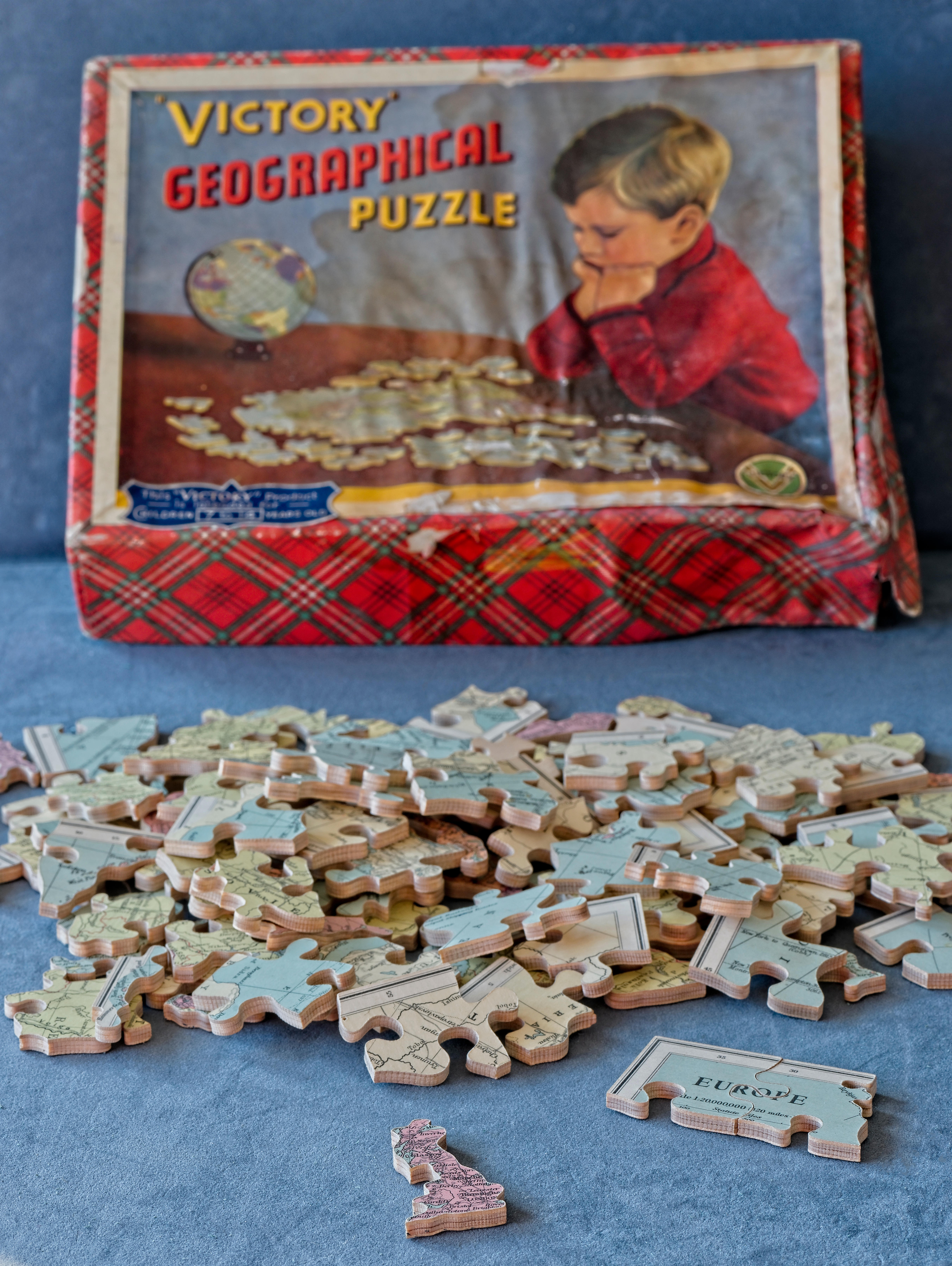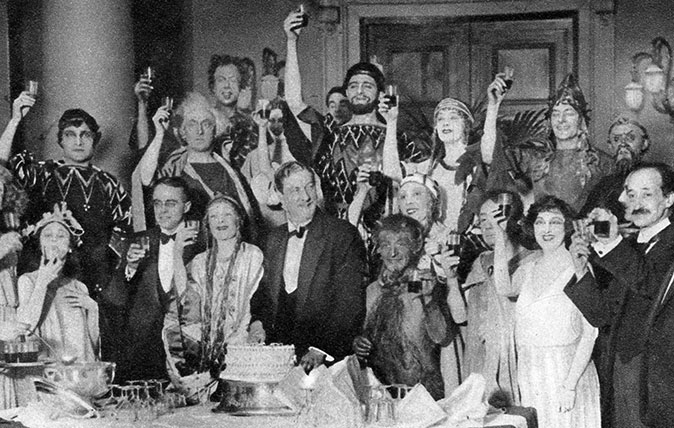Curious Questions: How did they come up with the numbers for shoe sizes?
If you've ever wondered why a six is a six and a ten is a ten, so has Martin Fone. He decided to find out how we came to settle on the shoe size numbers we use today.


There are at least thirty-eight factors, many subjective, that determine the fit of a shoe, according to a study published in the Journal of Foot and Ankle Research in 2021. Toe shape, style and pattern can influence the distribution of foot mass within a shoe, while differences in construction method and in the specification of dimensions on their lasts between manufacturers and brands will result in slight variations in fit. Even establishing size is not straightforward with various competing systems: including the English scale, the American, or the Continental (aka Paris Point) scale, each of which have their own idiosyncrasies.
Add into the mix the complications caused by individual asymmetry and anatomical variations — including the fact that a foot measured in the morning is smaller than one fitted in the afternoon — and it is a wonder that we ever find a shoe to fit.
In the end, journal’s research concluded, making a decision on what size to go for is a compromise between competing factors — something that makes buying shoes on-line (which now accounts for 31.8% of the UK retail footwear sector) an even riskier proposition than it seems at first glance.
But to track back a little, where does our shoe numbering come from in the first place? It certainly doesn’t seem to correspond to any normal measuring scale.
The answer, it turns out, is tied up with barleycorn.
The Composition of Yards and Perches, introduced during the second half of the 13th century, decreed that ‘three grains of barley dry and round do make an inch, 12 inches make one foot, three feet make one yard…’, definitions that were to last until the passing of the Weights and Measures Act in 1824. The barleycorn — specifically a kernel of barleycorn from the middle of the Ear — had been used as a unit of measurement since at least the second millennium BC and was a familiar object in predominantly agrarian communities.
In England its length, one-one hundred and eighth of a yard, had become standardised in the Middle Ages by reference to a yard-long metal bar held at the Royal Exchequer which regulated measurements.
Exquisite houses, the beauty of Nature, and how to get the most from your life, straight to your inbox.
King Edward II (1284–1327), who did much to standardise measurements, is often credited with introducing a formalised system for sizing shoes, using a barleycorn as its basis, but there is no evidence that he did so. Indeed, the first description of a system for sizing shoes wasn’t documented for several more centuries: it appeared in Randle Holme’s The Academy of Armory and Blazon (1688), which uses a quarter of an inch between sizes. ‘The size of a shooe’, he wrote ‘is the measure of its length which is in Children divided into 13 parts; and in Men and Women into 15 parts’.

Under the system described by Holme, children’s sizes began at five inches and were incremented by quarter inches. Size 13, at 8.25 inches, known as ‘short thirteens’, was the point where the adult sizing system began, running in incremental steps of quarter inches from one to fifteen, the equivalent of twelve inches.
It was not until Robert Gardiner published The Illustrated handbook of the Foot (1856) that we find a description of a sizing system that used a third of an inch — or a barleycorn — as its basis.
Here the starting point was four inches, the width across the knuckles of an adult hand and the origin of the term ‘hand’ used to measure the height of horses. (Let’s skip over the potential confusion of using hands to measure feet.)
Sizes increased by a third of an inch from zero until size thirteen, which came at eight and a third inches. The scale then transformed into adult sizing, beginning at one, and increasing by a barleycorn per size.
The two sizing systems had clearly co-existed for centuries, with a ‘guild of shoemakers’ reportedly lobbying as early as the seventeenth century for the standardisation of shoe size. Their preference was for a quarter inch sizing system for children and adults alike, but the barleycorn system was already so well entrenched that it stamped out its rival to become the basis of the English scale used to this day.
If that all seems a little haphazard, remember that standardised shoe sizes only really became a necessity when their production moved from being a bespoke process to a more industrialised endeavour — a transition which became necessary to ensure that the Union armies were shod during the American Civil War. To streamline the process, each man was allocated, as well as a name tag, a shoe size, based on the imperial system, with one barleycorn marking the interval between one size and another.

However, there were some key differences from the English system. The American aversion to nought (as evidenced by their numbering of a building’s storeys) meant that the scale began at one. Consequently, shoe sizes for American males are typically denoted as being one size larger than their English equivalent; women’s shoes use a scale which makes them 1.5 sizes larger than their American male equivalent.
Thus, in effect, a size six shoe using the English scale would be a seven for American men, and an 8.5 for American women.
As for the Continental or Paris Point sizing system? As you might expect, it’s metric in origin, ising a scale of three sizes per two centimetres, measuring the entire length of the foot from the base of the heel. Fifteen is roughly equivalent to the point where the English scale begins for children.
There has been an attempt to introduce a homogenised international system, the Mondopoint, which measures the foot in millimetres and is often denoted by two numbers separated by an oblique — a forward-slash, if you prefer — with the second number denoting width.
The fact that you’ve almost certainly never heard of it shows just how spectacularly unsuccessful it has been, only adding further confusion where clarity is required.
Our left and right feet are, broadly, mirror images of each other and this anatomical fact is now reflected in the shape and fit of our shoes. Curiously, although the Romans had different shoe shapes for left and right feet, shoes were generally flat and square, capable of fitting either foot, until well into the nineteenth century. Philadelphia cobbler William Young was one of the first to produce mirrored left and right shoes for his customers from 1817, and the concept gradually took off — not without some resistance from manufacturers who saw the number of lasts they had to maintain double.
The move to half sizes, another boon to a comfortable fit, began with the adoption of America’s first standardised last measurement (and shoe size) chart in 1887. Set at half a barleycorn, or one-sixth of an inch, half sizes were disliked by manufacturers and retailers alike, because of the impact on the amount of stock to be held. It was only in the early twentieth century that half sizes became widely available.
Shoes were generally only available in one width until Edwin Simpson proposed, in 1880, a standardised system for quantifying the breadth of a shoe. Although adopted by the US Retail Boot and Shoe Dealer’s Association in 1887, an increased range of widths only became generally available in the 1920s.
That said, width variations are not well catered for in Britain, where a selection of more than two widths is unusual in shops. In America, by contrast, there is (in theory at least) a bewildering three hundred size-and-width combinations to choose from.
Of course, having standardised shoe sizes means nothing if you don’t know what size you are. Foot measurement was a rudimentary and inaccurate process until the introduction of the ‘Ritz Stick’, a flat wooden scale with a fixed heel stop and sliding toe stop, patented in 1916. It was soon superseded by Charles Brannock’s metal measuring device, patented in 1927 and a familiar sight in shoe shops to this day, which recorded length in thirds of an inch and width by gradation of 3/16 of an inch. Improving measurement accuracy to around 96%, it was eventually modified in 1988 to handle women’s sizing. For such an important item of our outerwear, getting the perfect shoe fit is a surprisingly complex process.

Curious Questions: How likely are you to be killed by a falling coconut?
Our resident curious questioner Martin Fone poses (and answers) another head scratcher - or should we say, head banger?

Credit: Alamy
Curious Questions: Why are pineapples called pineapples, when they're not pines and not apples?
Martin Fone delves into the curious history of one of the world's most popular tropical fruits.

Curious Questions: How did one of the world's great biscuits get named after a freedom fighter named Garibaldi?
Martin Fone delves into the curious history of the garibaldi biscuit — and how it's linked to the tale of Italian

Curious Questions: Why do we talk about the '$64,000 question' — even in a country where we don't use dollars?
A question about a question? Absolutely. Martin Fone gets to the bottom of where this curious phrase originates — and how

Credit: Getty Images/iStockphoto
Curious Questions: Which came first — the plastic flower pot or the garden centre?
Martin Fone takes a look at the curiously intriguing tale of the evolution of nurseries in Britain.

Curious Questions: Why do we call picture puzzles 'jigsaws'?
Jigsaws have been around since the 18th century and have gone through all sorts of iterations. Martin Fone traces their

Curious Questions: Why is the Green Room called the Green Room?
Whether you're performing a play or about to go on television, the waiting room is called the Green Room – but

Curious Questions: Why do the British drive on the left?
The rest of Europe drives on the right, so why do the British drive on the left? Martin Fone, author
After graduating in Classics from Trinity College Cambridge and a 38 year career in the financial services sector in the City of London, Martin Fone started blogging and writing on a freelance basis as he slipped into retirement. He has developed a fearless passion for investigating the quirks and oddities of life and discovering the answers to questions most of us never even think to ask. A voracious reader, a keen but distinctly amateur gardener, and a gin enthusiast, Martin lives with his wife in Surrey. He has written five books, the latest of which is More Curious Questions.
